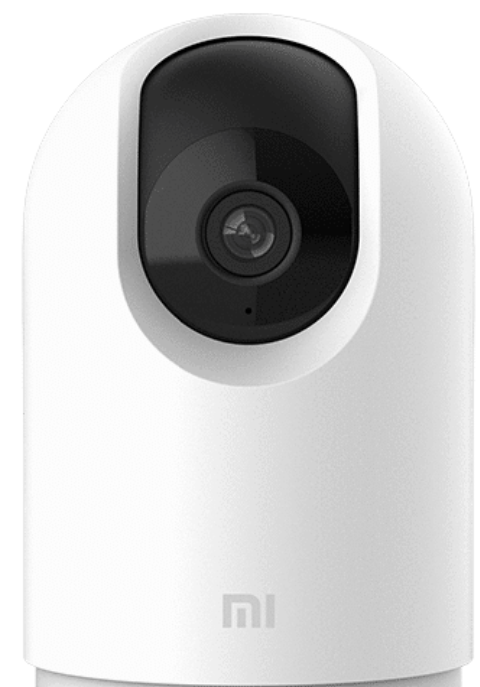How Do I Get My Linksys Extender to Work?
If you are facing a common issue of “Linksys extender not working” properly, there are chances it might mess up with the whole network and leave you with annoying Wi-Fi dead zones. While working on fixing home networks over the years, it has been discovered that most problems with extenders are due to mistakes in setup or configuration. Hence, this guide explains exactly how you can fix your extender, whether you’re putting it up for the first time or getting an old one working again.
What Makes Linksys Extenders Stop Working
It’s a good idea to figure out why your extender isn’t working as well as it should before trying to fix it. From what I’ve seen, these are the usual suspects:
- Wrong initial setup or not being able to connect to the main router.
- Old firmware is making connections drop.
- Signals may be disrupted by too much distance or physical obstacles, such concrete walls.
- Router and extender have different SSID or encryption settings.
- Mistakes in the DHCP or IP address settings.
As, finding these problems is the first step toward fixing them.
1. Set up the extender carefully
A bad setup is frequently what causes problems with extenders. Here’s a step-by-step guide on setting up a dependable connection, based on my own experience:
Step-by-step method to establish a reliable connection:
- Place the extender between the router and the area with poor Wi-Fi.
- Plug in the device and wait for the power LED to stop blinking indicating the device is ready.
- Now connect your phone or laptop to the extender’s default Wi-Fi network, which is commonly called “Linksys Extender Setup—XXX.”
- Now, open a browser and type the URL: “extender.linksys.com” or IP address: “192.168.1.1” to reach the dashboard.
- Use the default login information, such “admin” for both, or leaving the password blank empty.
- Select your router’s Wi-Fi network, enter the password carefully, and tap continue.
- Assign a name to the expanded network or maintain the default option.
- Let the extender restart. Connect your device to the new network as soon as the LED becomes solid green.
Most of the time, this step fixes the problem of “Linksys extender not working.”
2. Update the Extender’s software
Old firmware might make connections less stable. After a simple upgrade, I’ve seen extenders work perfectly. To verify and make changes:
- To go to the extender’s admin interface, go to extender.linksys.com.
- Click on Administration and then Firmware Update.
- Click here to see if there are any changes.
- Start the update if a newer version is discovered, then let the extender restart.
- A new update of the firmware makes your router more stable and works better with it.
3. Turn off the router and extender and then back on again.
Rebooting your computer quickly may fix network problems like DHCP conflicts. I’ve used this repair several times:
- Take the power cords out of both the router and the extender.
- Wait 30 seconds to make sure the reset is complete.
- Allow the router to fully start up after turning it on for two minutes.
- Check the extender’s functionality by plugging it in and monitoring the LED. A solid green light means it is.
- This one procedure generally fixes the connection without needing any further help.
4. Factory Reset Linksys Extender
A factory reset erases damaged settings and starts over if other remedies fail. To reset Linksys Extender:
- Find the Reset button (a tiny hole) on the extender that is turned on.
- Hold with a paperclip for 10 seconds until the LED flashes.
- Allow the extender to resume back to its original state in 2 to 3 minutes.
- Follow the instructions in Section 1 to set up the extender again.
I have used resets to save extenders that seemed like they were beyond hope, especially after power surges.
5. Find the best place for your extender
For constant performance, placement must be strategic. During my initial setup of the extender, I messed up and it cost me. Think about these ideas:
- Place the extender halfway between the router and the region you want to cover, being sure to stay away from signal limits.
- Avoid anything that may get in the way, such cordless phones, microwaves, or thick walls.
- Use the LED on the extender to check the strength of the signal.
- If you put it in the right spot, a slow extender may become a network powerhouse.
6. Make sure the SSID and encryption work together
If parameters don’t match, the router-extender connection might have an issue. To line it up:
- Avoid using outdated protocols like WEP or mixed WPA/WPA2 modes.
- The extender’s Wi-Fi channel should match that of router’s, particularly in case of 2.4 GHz band.
- If your router has “Smart Connect,” disable it to avoid confusion.
7. Fix problems with IP and DHCP
Disagreements about IP addresses might quietly break connections. To stop them:
- Turn off DHCP in the extender settings to allow the router to allocate IPs.
- Do not assign a static IP address to a device in the router’s DHCP range.
- This setup has maintained my home network free of problems for years.
8. Check the performance of the upstream internet
Sometimes, people blame the extender for problems with the whole network. To get rid of this:
- Use Ethernet to connect a device directly to the router, and then go to fast.com to test your internet speed.
- If your speeds aren’t good, call your ISP for help.
- If the speeds are normal, you should concentrate on how to set up or situate the extender.
- This approach kept me from going after the incorrect issue when my ISP went down.
In conclusion
You must methodically troubleshoot your Linksys extender to fix it. Setting up correctly, changing firmware, modifying location, and verifying settings can resolve most connection issues. If difficulties keep happening, Linksys support is a good place to go for help. Most of the time, these methods will provide you Wi-Fi connectivity all across your place without any problems.













